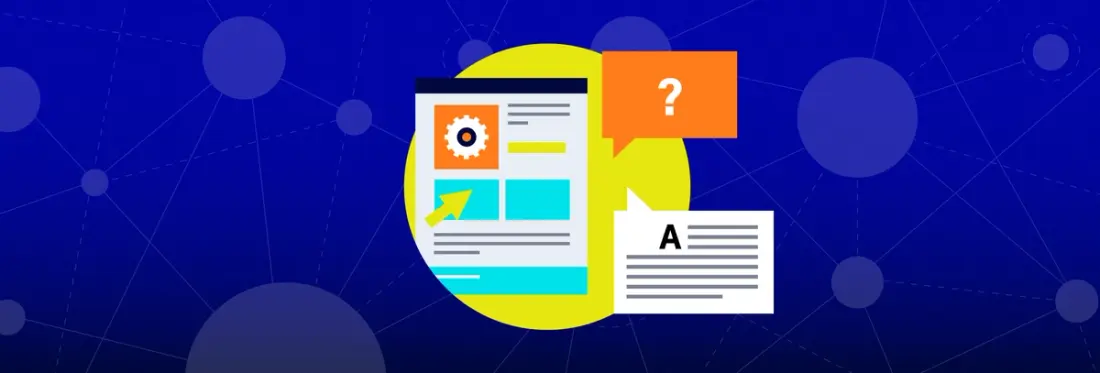How to Pick the Right Version of PDF/A
By Apryse | 2019 Jan 18

4 min
Tags
guide
conversion
pdf/a
Before you convert files to PDF/A, your conversion software will require that you pick a PDF/A standard and conformance level. The differences between PDF/A-2b and PDF/A-2a, or PDF/A-1b and PDF/A-3b, for example, may seem totally arcane. And you may be tempted to go with whatever default setting is prescribed by your converter software.
However, the PDF/A standard and conformance level you choose could matter quite a bit. It could be the difference between whizzing through the auto-conversion and validation process—or expending a lot of elbow grease trying to get files to pass. It could also significantly impact the disk space consumed by your converted files.
This article will help you make an informed choice so you can avoid the pitfalls illustrated above and more. For most people and where you are not constrained by a policy, we recommend converting to PDF/A-2b, or at least PDF/A-1b or PDF/A-3b, when using a tool like Apryse’s PDF/A Converter. Here is why:
What PDF/A Version and Conformance Level to Pick
Each PDF/A standard (PDF/A-1, PDF/A-2, PDF/A-3, etc.) defines what features your PDF/A files will be able to support. While PDF/A conformance levels (i.e.,, a, b & u) control requirements that impact the ability of machines and people to understand the content of a document. We provide a granular account of the different PDF/A conformance levels and standards in our article on what are the different types of PDF/A.
For this post, it is sufficient to state that by mixing different PDF/A standards and conformance levels, you will get PDF/A files with different capabilities (and limitations). These different PDF/A “flavors” impact the chances of your files passing auto-conversion; your access to PDF features, like layers, transparencies and file attachments; and your converted file sizes.
Why Choose PDF/A-2
PDF/A-1 is the original PDF/A standard and the most common in circulation today. But getting the typical PDF file to conform to PDF/A-1 may actually require the most changes, as PDF/A-1 prohibits transparencies for example, and transparencies are pretty common these days! Also, the file will quite possibly grow in size due to the absence of newer image compression technologies like JBIG2 and JPEG 2000—a big consideration when archiving a large amount of files.
In contrast, PDF/A-2, using a newer version of the PDF/A standard (PDF 1.7) lets you keep transparencies and utilize JPEG 2000. File sizes thus tend to stay smaller. And your files will need fewer adjustments.
Picking PDF/A-3 can also be a valid choice should you plan to use or are processing a lot of files with non-PDF/A file attachments. If you want to use PDF/A-3, however, it is recommended that you have a policy in place to control what type(s) of embedded files you permit in order to minimize your preservation risks.
Why You Should Pick b-Level Conformance
Picking a higher conformance level (i.e., ‘a’ or ‘u’) can improve the value of your documents by adding requirements for features that enhance the ability of machines and people to access the content, and that ensure the text can be reliably searched & copied.
But these extra requirements could also turn out to be a time vampire. If the content for ‘level a’ is not present in the PDFs already, it is typically not something that can be reliably added automatically. And many PDF files “in the wild” these days are generated through a variety of software and are often poorly constructed. It is highly likely that when processing these files at an a-level setting, you will have to perform additional scripting to ensure that character mappings to Unicode are present in the file. You may even have to tag PDF content manually for logical structure and reading order.
(Inspecting and editing PDFs manually can be achieved with Apryse’s CosEdit tool if that level of detail is required.)
In contrast, selecting b-level conformance ensures that your documents conform with guidelines for reliable viewing, without imposing extra requirements necessitating additional scripting or manual correction.
The Bottom Line
In summary, choosing PDF/A-2b could save you time without costing you anything. And that is why for most users, we recommend PDF/A-2b.
You may require PDF/A conversion features that maximize the chance of files passing auto-conversion and provide certainty that your files are authentic PDF/As. If that’s the case, you could trial our veraPDF-tested PDF/A Library, including SDK offerings for Linux, Windows, Android, iOS and Web apps, enabling conversion of 20+ file formats to PDF/A server-side or even purely client-side via a browser!
For even more answers to your PDF/A questions, be sure to check out our complete PDF/A guide. If you have any questions about Apryse’s PDF SDK, feel free to get in touch!
Tags
guide
conversion
pdf/a

Apryse
Related Products
Share this post


